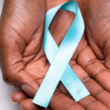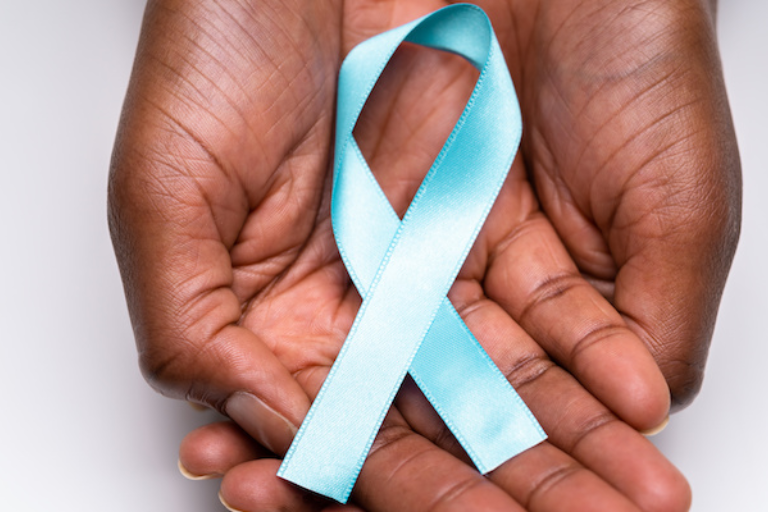In Uganda, cervical cancer remains a significant public health issue, being one of the leading causes of cancer-related deaths among women. Recent statistics indicate that the country has one of the highest rates of cervical cancer globally, with an estimated 4,000 new cases diagnosed each year. In Uganda, cervical cancer is the number one cause of cancer-related death in women. The WHO estimates that in 2014 approximately 3915 Ugandan women were diagnosed with cervical cancer and that 2160 died from the disease
A 33.6% prevalence of human papillomavirus (HPV) among women in Uganda combined with low screening uptake has resulted in the country having one of the highest cervical cancer incidence rates in the world at 47.5 per 100,000 per year
Causes
Human papillomavirus (HPV) is a common sexually transmitted infection which can affect the skin, genital area and throat. Almost all sexually active people will be infected at some point in their lives, usually without symptoms. In most cases, the immune system clears HPV from the body. Persistent infection with high-risk HPV can cause abnormal cells to develop, which go on to become cancer.
Persistent HPV infection of the cervix (the lower part of the uterus or womb, which opens into the vagina – also called the birth canal) if left untreated, causes 95% of cervical cancers. Typically, it takes 15–20 years for abnormal cells to become cancer, but in women with weakened immune systems, such as untreated HIV, this process can be faster and take 5–10 years. Risk factors for cancer progression include the grade of oncogenicity of the HPV type, immune status, the presence of other sexually transmitted infections, number of births, young age at first pregnancy, hormonal contraceptive use, and smoking
Prevention
Boosting public awareness, access to information and services are key to prevention and control across the life course.
Being vaccinated at age 9–14 years is a highly effective way to prevent HPV infection, cervical cancer and other HPV-related cancers.
Screening from the age of 30 (25 years in women living with HIV) can detect cervical disease, which when treated, also prevents cervical cancer.
At any age with symptoms or concerns, early detection followed by prompt quality treatment can cure cervical cancer.
Challenges faced
According to survey, the Uganda Cancer Institute (UCI), 80% of the women who present with cervical cancer have advanced-stage disease.
Despite these efforts, challenges persist, including limited access to healthcare facilities, cultural stigmas surrounding cancer, and a shortage of trained medical professionals. Advocacy groups are calling for more funding and resources to enhance cervical cancer prevention and treatment programs, emphasizing the need for comprehensive education to dispel myths and encourage women to seek care.
HPV vaccination and other prevention steps
According to World Health Organization as of 2023, there are 6 HPV vaccines available globally. All protect against the high-risk HPV types 16 and 18, which cause most cervical cancers and have been shown to be safe and effective in preventing HPV infection and cervical cancer.
As a priority, HPV vaccines should be given to all girls aged 9–14 years, before they become sexually active. The vaccine may be given as 1 or 2 doses. People with reduced immune systems should ideally receive 2 or 3 doses. Some countries have also chosen to vaccinate boys to further reduce the prevalence of HPV in the community and to prevent cancers in men caused by HPV.
Cervical screening and treatment of precancers
Women should be screened for cervical cancer every 5–10 years starting at age 30. Women living with HIV should be screened every 3 years starting at age 25. The global strategy encourages a minimum of two-lifetime screens with a high-performance HPV test by age 35 and again by age 45 years. Precancers rarely cause symptoms, which is why regular cervical cancer screening is important, even if you have been vaccinated against HPV.
Early detection, diagnosis and treatment of cervical cancer
Cervical cancer can be cured if diagnosed and treated at an early stage of disease. Recognizing symptoms and seeking medical advice to address concerns is critical. Women should see a healthcare professional if they notice:
Unusual bleeding between periods, after menopause, or after sexual intercourse, increased or foul-smelling vaginal discharge, symptoms like persistent pain in the back, legs, or pelvis, weight loss, fatigue and loss of appetite, vaginal discomfort, and swelling in the legs.









